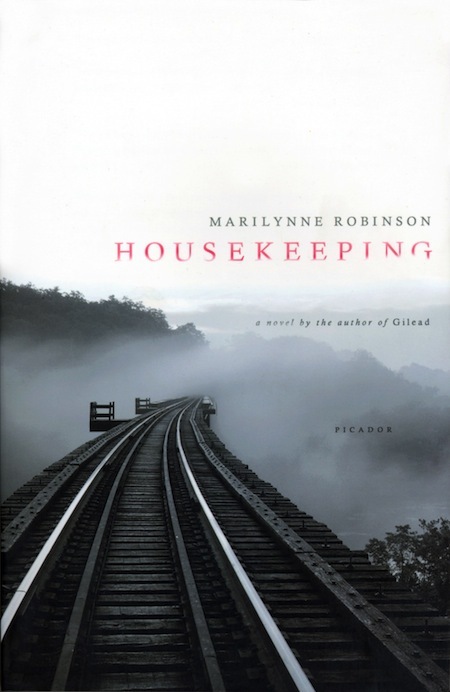Some readers will remember Marilynne Robinson’s “Gilead,” which won the Pulitzer Prize in 2005. Recently, I sat down to reread “Housekeeping,” her first novel, which was written 24 years earlier and reissued eight years ago. Like “Gilead,” it is written in a beautiful, haunting prose that portrays a setting in a precise literary style in which words are never wasted. I found myself pausing to reread many passages just to savor her mastery of the English language. "Housekeeping" is not the book for when you crave a fast-paced, suspenseful page-turner. But for the right reader, it will be a delightfully rich discovery.
Robinson’s description of her main characters is admirable. Ruth and Lucille are young sisters raised by a variety of kinfolk after the bizarre and inexplicable loss of their mother. First came their grandmother, who did a creditable job until her sudden demise. In the author’s words, “she eschewed getting up one morning.” Two maiden aunts, sisters of the grandmother, are quickly summoned. They do the best they can in a quirky way until the girls’own aunt, Sylvie, (sister of their mother) turns up unexpectedly and unannounced. Exit the two well-meaning aunties.
Sylvie defines quirky in a whole new way. The girls are never sure that she will not disappear as suddenly as she showed up. She might be inside by the fireside or miles away outside, enjoying the lake, mountains, or the long bridge that defines this western U.S. town called Fingerbone — location not specified.. Sylvie maintains her aura of the transient b y sleeping on top of the covers and keeping her clothes in a box under the bed. She might be discovered in the town park sleeping on a bench with a newspaper covering her head. Her ideas about how to dress and how to wear one’s hair are in sharp conflict with the girls’ developing tastes. Eventually the girls stop going to school.
The girls make long forays into the woods, or to the lake which leads to differing experiences and choices as each girl matures. The theme of water is very strong throughout as it is relates to the deaths of some main characters and a massive flood frequently covers the town’s roadways, yards, and lower floors of homes.
The book portrays an unusual coming to maturity for the two girls and their choices beyond. It reminds us that not everyone has an idyllic childhood but must come to terms with what they have.









